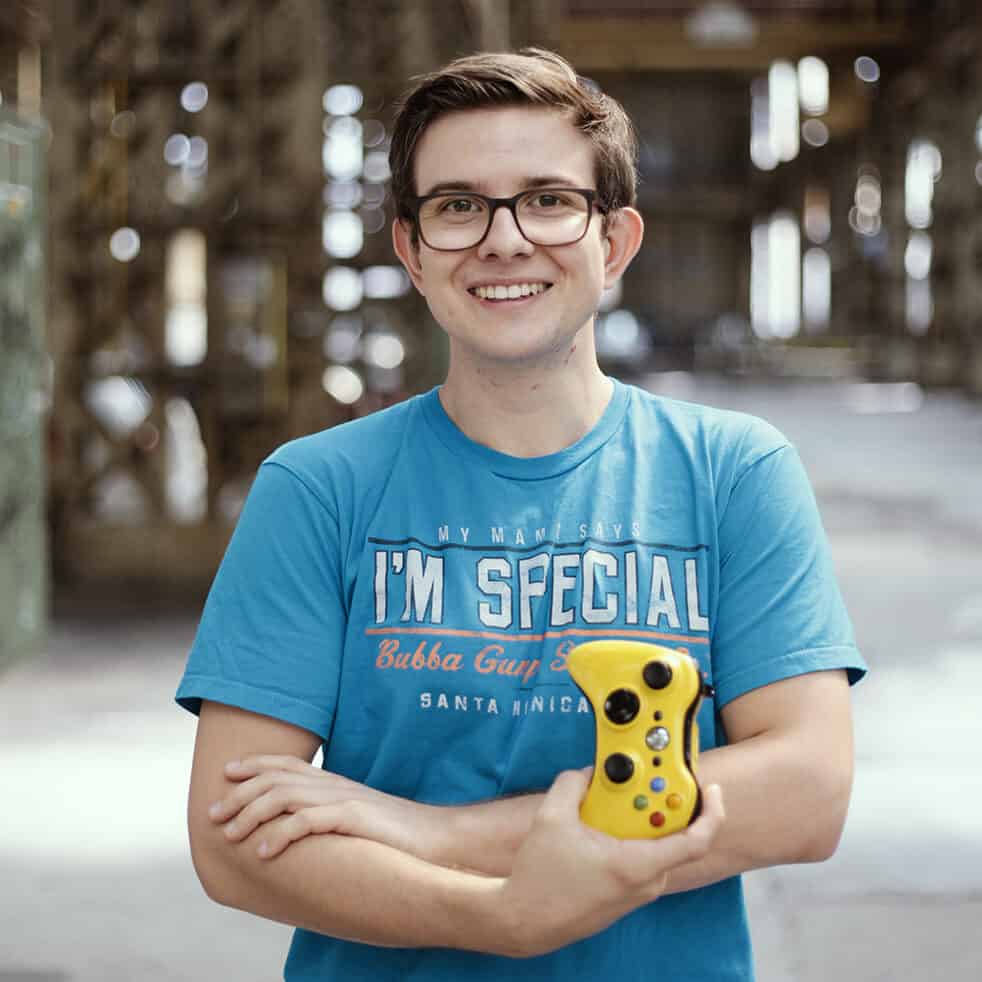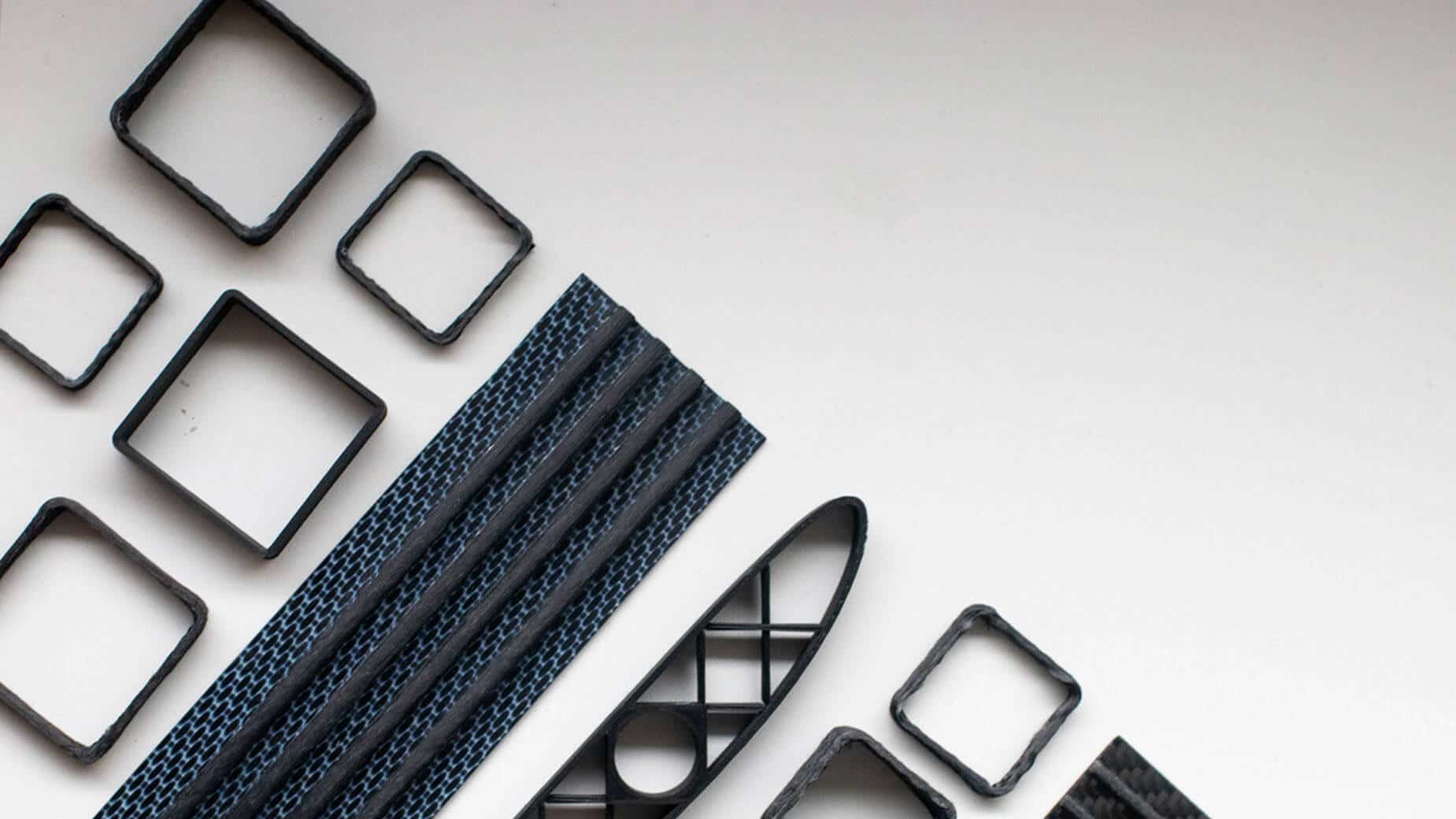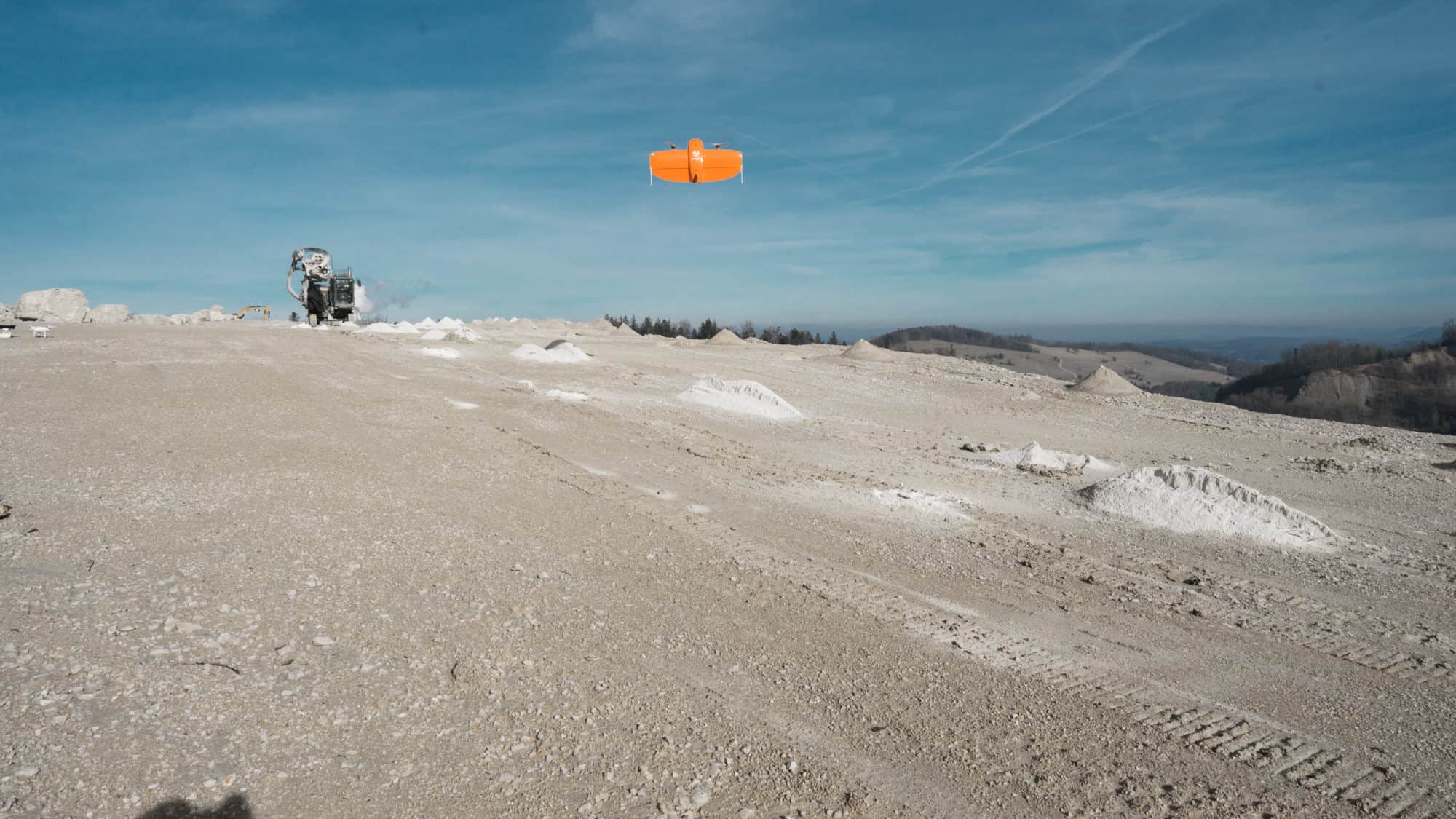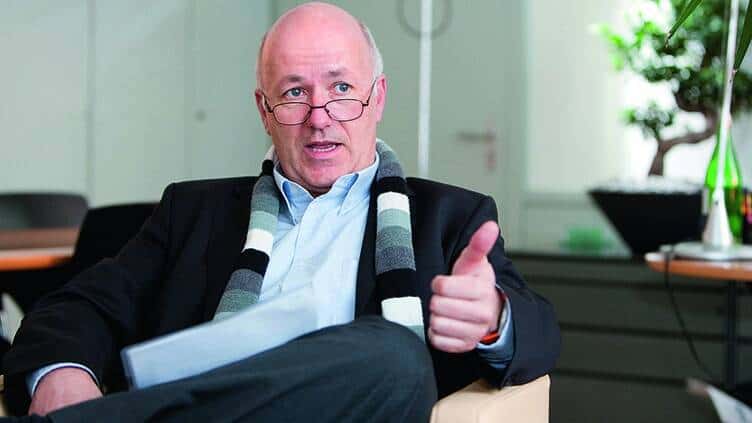In this interview, Bernhard Winter recounts the story of how a student project attracted global attention and eventually became the startup Scewo.

CEO and Co-Founder, Scewo
Bernhard Winter founded Scewo in 2017 together with Pascal Buholzer and Thomas Gemperle. The idea and development of the company earned him a place on Forbes’s “30 Under 30 Europe 2019: Science & Healthcare” list. He has a Master’s Degree, Mechanical and Process Engineering from ETH Zurich.
Where does your fascination for robotics come from?
As a kid, I played a lot with Lego Technics and later Lego Mindstorms, which allowed me to program the robots that I assembled. My father is quite tech-savvy too and he taught me soldering at a young age, and I enjoyed assembling parts taken from old computers.
But you didn’t just play around, you soon received quite prestigious prizes.
That was also due to the supervisor of my high school project. I wanted to build my own quadcopter to fly around with, and once I finished he asked me if I didn’t want to participate in the “Science and Youth” competition with it. I won because the control engineering I did was something that you usually only learn at university. I later also received the first prize in the Toradex Software Challenge for the improvements of the project. Such recognition is an important motivating factor, and I always kept working on side projects also during my studies. When I did an internship at a company, I realized that a measuring device, a multiplexer they used, could be improved. I pitched this idea to the management and developed a small series of instruments together with Pascal Buholzer. They were used and saved the company time.
The Scewo BRO, the most sophisticated electric wheelchair available on the market today, is a result of a student competition. How was the idea born?
In one of the lectures at ETH, Peter Fankhauser presented his focus project “Rezero”, a robot that balances on a ball instead of wheels. I was completely fascinated and thought “I want to build something that is even cooler than this”. I made a drawing titled “The stair-climbing unicycle” and talked to Professor Roland Sigwart. He said: “That’s nice, but why not build something for the upcoming Cybathlon?” which is a competition for people with disabilities. That’s how the idea was born – I just had to add a chair to the device. I pitched the idea as focus project in front of 600 students, and at the end we were a team of 10 people that built the first prototype. I really appreciated that Professor Sigwart gave us a lot of freedom and support in the development, and didn’t not push us in a specific direction.
Finishing a student project is one thing, launching a commercial enterprise is something else entirely. What was the reason you wanted to create a startup?
This possibility was always on my mind, we have several good examples of ETH student projects that turned into companies, for example Wingtra or Aerotain. But for us, the key moment was when we published a video on Youtube of our prototype. It went viral and hit more than 1.5 million views in a matter of days, and we started to get phone calls from people who wanted to buy the product. We were excited, of course, but we also got the advice from more skeptical people to not get ahead of ourselves and dig more into the question if there really was a market for such a product. So we spent a year on improving the wheelchair, which at the time was quite hacky and required 3 computers to boot in the right sequence. We did countless test drives with people who told us what kind of features they wanted to have in addition to stair climbing – for example, the ability to adjust the seat height.
You are three co-founders, tell us a bit about the different personalities.
I’ve known Pascal for a long time, he was my neighbor and we both studied at ETH. His student project was Sepios, an autonomous underwater robot. I was aware of analytical and technical skills, even at that time he had a 3D printer and a CNC milling machine at home. Thomas is the creative type, he trained as a carpenter first and then studied design, a field in which he excels. He won several prizes already before he joined us, and the BRO’s design has won important recognition such as the iF Design award, the reddot award (best of the best) and the German Design Award. I am more of a pragmatic person, but I also don’t shy away from pushing boundaries. I’d say it is a strength that we three founders are different but complement each other.
“You need to think like an entrepreneur, not just like an engineer.”
Scewo developed a market-ready product in quite a short time. How did you avoid falling into the trap of always improving and never launching a product?
You need to think like an entrepreneur, not just like an engineer. And we were told to avoid this trap by many people, for example in the Venture Kick program, by our seed investors and by startup coaches, who also told us to develop together with customers, not just in our lab. We took that advice very seriously. First, we built 3 wheelchairs that had the basic functionalities of today, then we built 30 “Pioneer” models that were already sold to first customers and used for test drives and now we have launched the Bro Series One.
Scewo receives messages from all over the world, written by people who want to buy the Bro. How does that feel?
It’s extremely motivating but also frustrating at the same time, because we have to tell people that they will have to wait. We’re working as hard as we can, but it takes time to build a company with a global reach. The visibility we already have is a great advantage, of course, because it provides us with a lot of contacts that will be useful in the future. The most and also the longest emails we receive from the US, which is also a huge and important future market for us.
Hardware startups like Scewo need a lot of capital to scale their business. Isn’t that discouraging?
It is certainly a point that we have a lot of respect for. On the other hand, to be able to build a product like the BRO we needed to bring all the different elements together, the electronics, the software, the design. A third of our company works in software development, and this is a distinguishing factor, as we’ll be to release new features on a regular basis. However, I’d say we’ve been very capital efficient as we’ve only raised CHF 4 million to bring the product to the market.
You don’t do everything yourself, however, you’ve outsourced production to the well-established Swiss technology company Phoenix Mecano. Why?
We already have a lot on our plate, and the partnership with Phoenix Mecano has several advantages. They have the know-how of building efficient production lines and the people to man them. The first BRO’s have already left the production line in Schaffhausen and by the end of the year, we’ll produce one per day already.
How did you find this partner?
We’ve evaluated several companies but they convinced us with their lean manufacturing skills. Our ties go way back though. They’ve sponsored us when we did the focus project at ETH, provided us with material such as linear motors and supported us with valuable help.
It looks like it pays to work with student groups.
Definitely. We’ll certainly do the same once we’re an established player. (Laughs).
“We can choose partners that have the right enthusiasm for our brand.”
How do you distribute the BRO to your customers?
We work with distributors specialized in such equipment. They assure the right initial setup, the maintenance and also the contact with health insurers for the reimbursement. We are in the advantageous position of having hundreds of distributors that want to work with us, since they have customers asking for the product. We can choose partners that have the right enthusiasm for our brand and want to build a prosperous future together.
You cover the DACH region with distribution partners now, what comes next?
We’ll add other European countries but haven’t decided in what order yet. In the meantime, we’ll prepare a market entry in the US, where we need FDA approval. Scewo already has a CE mark for Europe, and we’re confident that we fulfill the FDA’s technical criteria, but the preparation of the documentation and processes will still take some time.
What is your grand vision for Scewo?
We are in the business of making the world accessible through robotic mobility solutions. BRO is our first step, but there are more opportunities. We could make protected buildings barrier-free, or help older people or robotic appliances that struggle to move. But for the moment, these are just ideas. We’re working hard on making BRO a compelling business case and moving towards break-even. And wheelchairs are a perfect market to be in, as there was barely any innovation for a long time. If you think about it, it’s almost absurd. Even robotic vacuum cleaners have become highly sophisticated and intelligent machines, but humans still drive around with wheelchairs powered by lead-acid batteries?
Written by
WITH US, YOU CANCO-INVEST IN DEEP TECH STARTUPS

Verve's investor network
With annual investments of EUR 60-70 mio, we belong to the top 10% most active startup investors in Europe. We therefore get you into competitive financing rounds alongside other world-class venture capital funds.
We empower you to build your individual portfolio.
More News
04.11.2019
“Hardware that scales has enormous financial potential”
Martin Eichenhofer, CEO and co-founder of 9T Labs, explains how it all started and why their first customers are happy to work with their first product.
28.02.2019
Wingtra’s
take-off
Wingtra’s COO Cyril Halter has the challenging job of ramping up the startup’s drone manufacturing capacity. Why he’s the right person to do it.
09.01.2019
“Technology needs time to develop”
Prof. Roland Siegwart explains what it takes to bring scientific inventions rapidly to the market and to strengthen the Swiss startup ecosystem.
Startups,Innovation andVenture Capital
Sign up to receive our weekly newsletter and learn about investing in technologies that are changing the world.




